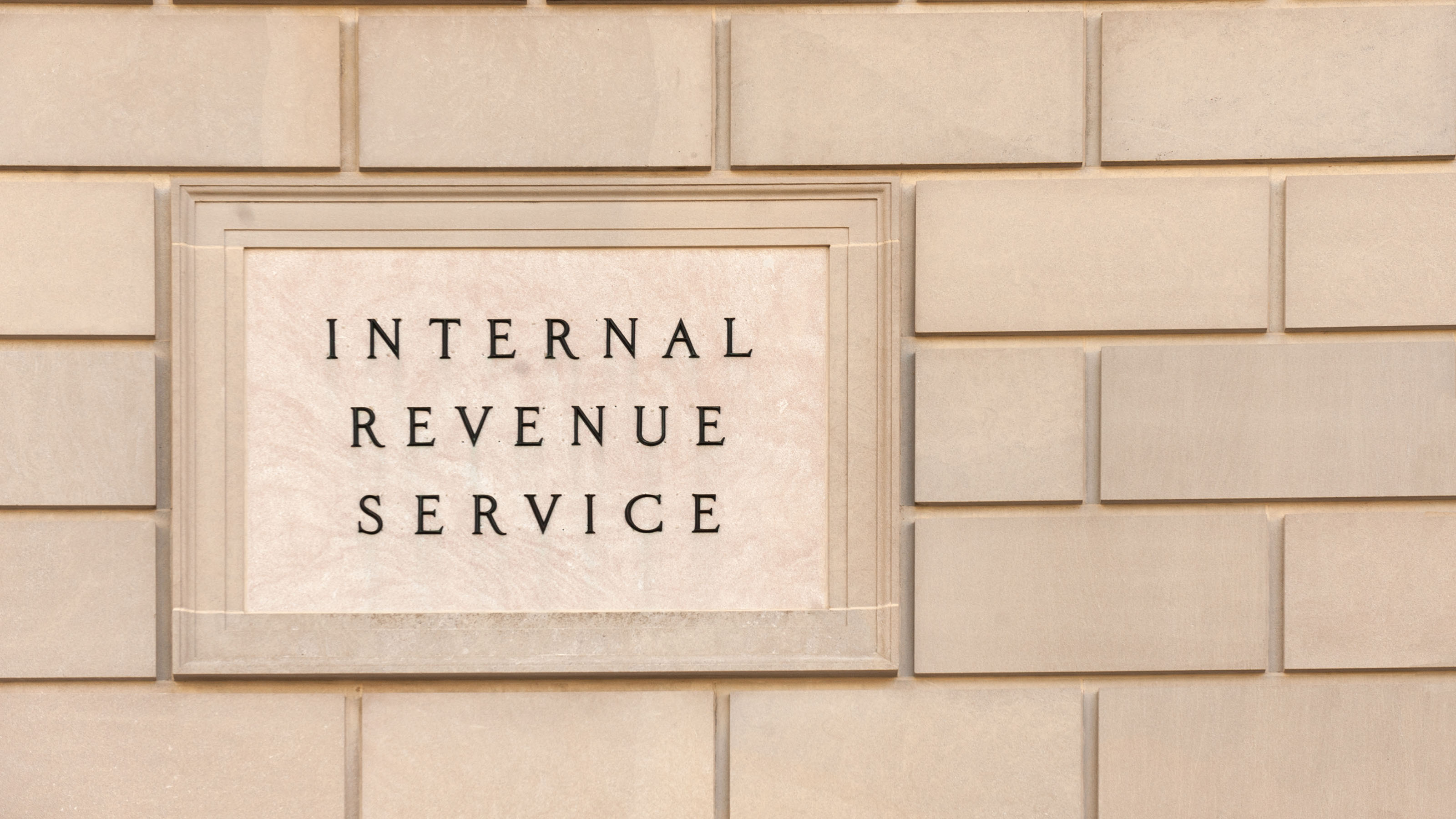Reporting Charitable IRA Distributions on Tax Returns Can Be Confusing
Taxpayers need to be careful when reporting charitable gifts from their IRA on their tax returns, or they may end up overpaying Uncle Sam.

Question: I transferred part of my required minimum distribution directly from my IRA to charity, which should be a tax-free charitable distribution and not included in my adjusted gross income. The problem is that my broker reported the entire RMD on my Form 1099-R as a taxable distribution. Should I get my broker to amend the 1099-R to specify how much of the total distribution was a tax-free charitable transfer so the discrepancy doesn’t raise red flags with the IRS? And how will my tax preparer know that part of the distribution shouldn’t be taxable?
Answer: Even though your broker made the tax-free transfer from your IRA to charity (called a qualified charitable distribution or QCD), your 1099-R form is going to report the total amount of the distribution. “The QCD is invisible in the 1099-R,” says Ed Slott, CPA, an IRA expert and publisher of IRAhelp.com. “The forms are not coded for a QCD, and it looks the same as a distribution. It’s up to you to tell your tax preparer that part of the distribution was a QCD.”
Slott says brokers don’t specify which portion is a QCD because, even though they made the transfer, they usually don’t want to be responsible for determining whether or not the charity was an eligible 501(c)(3) organization.
From just $107.88 $24.99 for Kiplinger Personal Finance
Become a smarter, better informed investor. Subscribe from just $107.88 $24.99, plus get up to 4 Special Issues

Sign up for Kiplinger’s Free Newsletters
Profit and prosper with the best of expert advice on investing, taxes, retirement, personal finance and more - straight to your e-mail.
Profit and prosper with the best of expert advice - straight to your e-mail.
You’ll report the total distribution on line 4a of your Form 1040 when you file your income tax return, then write the taxable amount on line 4b and write “QCD” to explain why part of the distribution isn’t taxable. (If your total distribution was a QCD, you’d write $0 on line 4b and QCD next to it.)
“Filers who aren’t on their toes may make a mistake here and overpay their taxes by failing to reduce the taxable amount of IRA withdrawals by the amount of the charitable gift,” says Mari Adam, a certified financial planner in Boca Raton, Fla., who works with many clients who give their RMDs to charity. It’s important to keep the records of the charitable transfer in case the IRS does ask about the difference. Keep the record from your broker showing that the money was transferred to the charity. And keep the acknowledgment from the charity of the gift, as you would with any other donation.
It’s essential that you tell your tax preparer (or plug into your tax software) the amount of your IRA distribution that was a tax-free QCD. Otherwise, there is no way of knowing that any part of the distribution is tax-free just by looking at your 1099. “The taxpayer needs to be very vigilant,” says Adam.
A QCD permits people age 70½ and older to transfer up to $100,000 directly from their IRA to charity each year tax-free; this money counts toward their required minimum distribution but isn’t included in their adjusted gross income. For more information about qualified charitable distributions, see The Rules for Making a Tax-Free Donation From an IRA. To learn more about how to report the QCD on your tax return, see How to Report an IRA Charitable Distribution on Your Tax Return.
Profit and prosper with the best of Kiplinger's advice on investing, taxes, retirement, personal finance and much more. Delivered daily. Enter your email in the box and click Sign Me Up.

As the "Ask Kim" columnist for Kiplinger's Personal Finance, Lankford receives hundreds of personal finance questions from readers every month. She is the author of Rescue Your Financial Life (McGraw-Hill, 2003), The Insurance Maze: How You Can Save Money on Insurance -- and Still Get the Coverage You Need (Kaplan, 2006), Kiplinger's Ask Kim for Money Smart Solutions (Kaplan, 2007) and The Kiplinger/BBB Personal Finance Guide for Military Families. She is frequently featured as a financial expert on television and radio, including NBC's Today Show, CNN, CNBC and National Public Radio.
-
 The Rule of Compounding: Why Time Is an Investor's Best Friend
The Rule of Compounding: Why Time Is an Investor's Best FriendDescribed as both a "miracle" and a "wonder," compound interest is simply a function of time.
-
 4 Great Tools to DIY Your Own Financial Plan
4 Great Tools to DIY Your Own Financial PlanSmart Savings Several tools picked out by Kiplinger that DIYers can use to make their own financial plan.
-
 The 7-Month Deadline That Sets Your Lifetime Medicare Premiums
The 7-Month Deadline That Sets Your Lifetime Medicare PremiumsUnderstanding Medicare enrollment is crucial, as missing deadlines can lead to permanent late enrollment penalties and gaps in coverage.
-
 Law Reversal Looming? Trump Eyes 2026 Gambling Winnings Tax Change
Law Reversal Looming? Trump Eyes 2026 Gambling Winnings Tax ChangeTax Deductions It's no secret that the IRS is coming after your gambling winnings in 2026. But how long will that last?
-
 The 'Scrooge' Strategy: How to Turn Your Old Junk Into a Tax Deduction
The 'Scrooge' Strategy: How to Turn Your Old Junk Into a Tax DeductionTax Deductions We break down the IRS rules for non-cash charitable contributions. Plus, here's a handy checklist before you donate to charity this year.
-
 IRS Says You Made a Tax Return Mistake? A New Law Could Help You Fight Back
IRS Says You Made a Tax Return Mistake? A New Law Could Help You Fight BackTax Law Updated taxpayer protections change what the IRS must explain on error notices and how long you have to respond.
-
 Tax Refund Alert: House GOP Predicts 'Average' $1,000 Payouts in 2026
Tax Refund Alert: House GOP Predicts 'Average' $1,000 Payouts in 2026Tax Refunds Here's how the IRS tax refund outlook for 2026 is changing and what steps you can take now to prepare.
-
 New 2026 Tax Change Could Mean More for Your IRA and 401(k) Savings
New 2026 Tax Change Could Mean More for Your IRA and 401(k) SavingsRetirement Savings Here's how the new IRS inflation adjustments will increase the contribution limits for your 401(k) and IRA in the new year.
-
 3 Ways High-Income Earners Can Maximize Their Charitable Donations in 2025
3 Ways High-Income Earners Can Maximize Their Charitable Donations in 2025Tax Deductions New charitable giving tax rules will soon lower your deduction for donations to charity — here’s what you should do now.
-
 10 Retirement Tax Plan Moves to Make Before December 31
10 Retirement Tax Plan Moves to Make Before December 31Retirement Taxes Proactively reviewing your health coverage, RMDs and IRAs can lower retirement taxes in 2025 and 2026. Here’s how.
-
 When to Hire a Tax Pro: The Age Most Americans Switch to a CPA
When to Hire a Tax Pro: The Age Most Americans Switch to a CPATax Tips Taxpayers may outsource their financial stress by a specific age. Find out when you should hire a tax preparer.